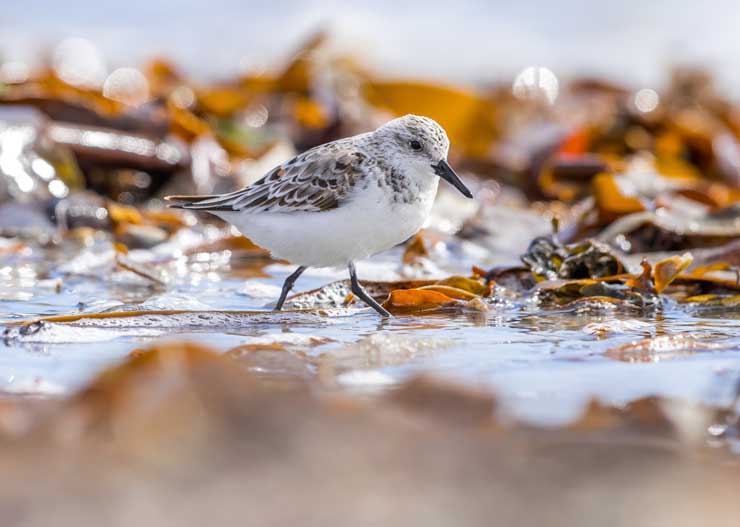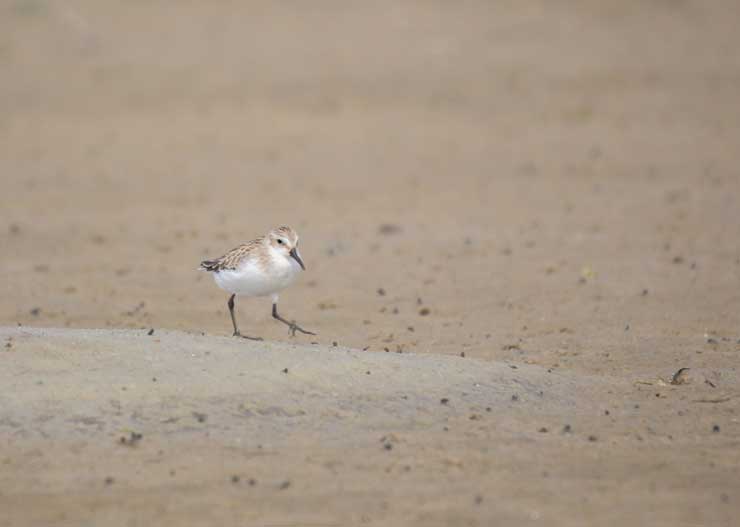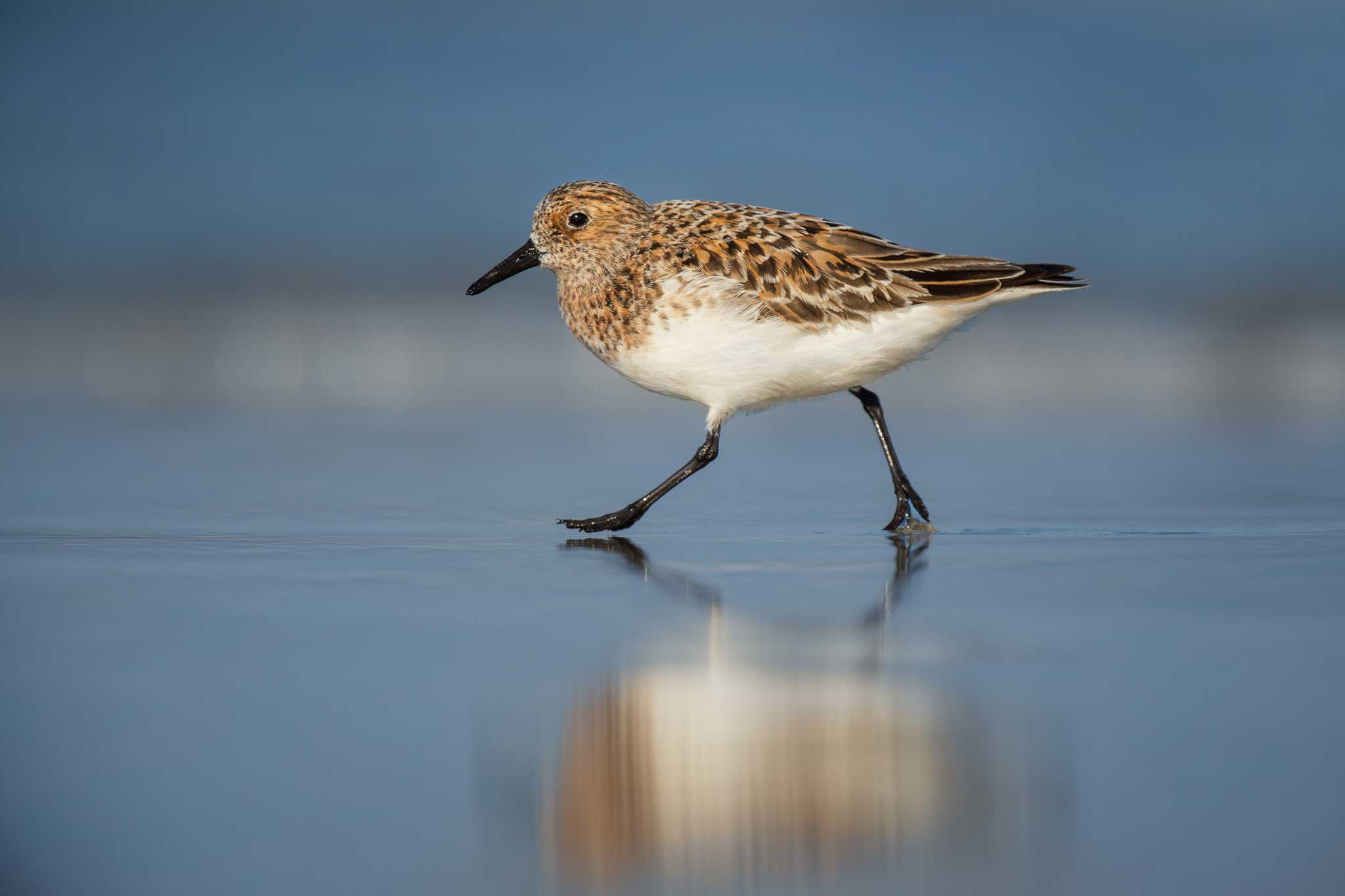The 8th world count of shorebirds is celebrated
For the eighth consecutive year, since 2014, the American organization Wader Quest, organizes the Wader Conservation World Watch (WCWW), an event in which researchers, environmentalists and enthusiasts of shorebirds, come together to carry out a worldwide count of this type of birds.
“The purpose of WCWW is not only to highlight waders and the problems they face, but also to celebrate the people who are involved, whether professionally or voluntarily, in their conservation,” says the organization’s website.
Wader birds are a relatively diverse group of waterfowl comprising 14 different families. They are generally associated with humid zones and essentially with coastal humid zones, such as estuaries and lagoons. Many of these species are known for their long migrations, in some cases from the Arctic to the south of the southern continents.
One of the objectives of this count is to make the general population aware, particularly decision makers around the world, of the risk that these birds run. Currently, 48% of the populations of the waders are experiencing a worrying decline. Since the 1970s, when the monitoring of migratory shorebirds began, 6 species are already extinct, 8 are Critically Endangered (4 of which may already be extinct), 9 are endangered ( of which 2 were recently added), 9 are in a Vulnerable state and 29 live in a Possible Threat state.
The work in Guatemala and the region

Foto: Susan Lindberg/Unsplash
Guatemala was the last country in the American continent to join the continental networks for monitoring migratory shorebirds. However, since 2019, a series of efforts have been made to share knowledge that is beneficial to birds, as well as to create conservation strategies for the habitats they carry out.
In addition to being part of regional efforts such as the Hemispheric Network of Shorebirds and the Shorebird Monitoring Program, and carrying out the first monitoring and records in the Pacific of Guatemala, several projects have already been launched, among The highlights are one executed by WCS-Guatemala, with international funds, focused on creating capacities for local populations, to carry out community monitoring, and to have updated records of the birds throughout the year.
In addition, birdwatching is an opportunity to generate income from sustainable and friendly activities with the natural environment, for which local residents of the Sipacate area, within the Sipacate-Naranjo National Park, were trained to be tourist guides. community, so that they can improve their living conditions, as well as promote the protection of their natural resources.
On the other hand, with the support of the Coastal Solutions Scholars Program of Cornell University, several training workshops are carried out for workers in the shrimp and salt industry that operate in Las Lisas, Monterrico and Sipacate, with the aim of disseminate the need to protect birds and the ecosystems on which they depend, but also with the idea of creating joint strategies, both from the side of the productive sector, and from the side of conservation efforts, to create the ideal conditions for the coexistence, both of the birds, and the continuity of production in a responsible way.
In other countries, such as Honduras and Nicaragua, conservationists and local researchers are working for the declaration of areas of continental importance for migratory shorebirds, which would allow this group of birds to have protected areas on their migratory route through Central America.
How to be part of this count?

Foto: Zdenek Machacek/Unsplash
Those who are used to global bird watching and recording activities, such as the recently held October Big Day, will already know the dynamics to be part of this event that will take place on November 6 and 7.
As published by the Calidris Association on its Facebook page, to do so, the following steps must be taken into account:
1. Find a nearby location: a wetland, river, the beach, flooded crops such as rice paddies, shrimp farms, etc. and record shorebirds.
2. Share data at: wcww@waderquest.net or with eBird username: WaderQuestTeam.
3. Remember to enter the information on the location, date, species observed and number of participants.
What can be counted? The objective is to count pellares, plovers, beachgoers, oystercatchers, sandpipers, phalaropes, becasinas, turnstones, curlews, stilts, curlews, jacanas and caicas. To consult the list of species, you can enter this link.
